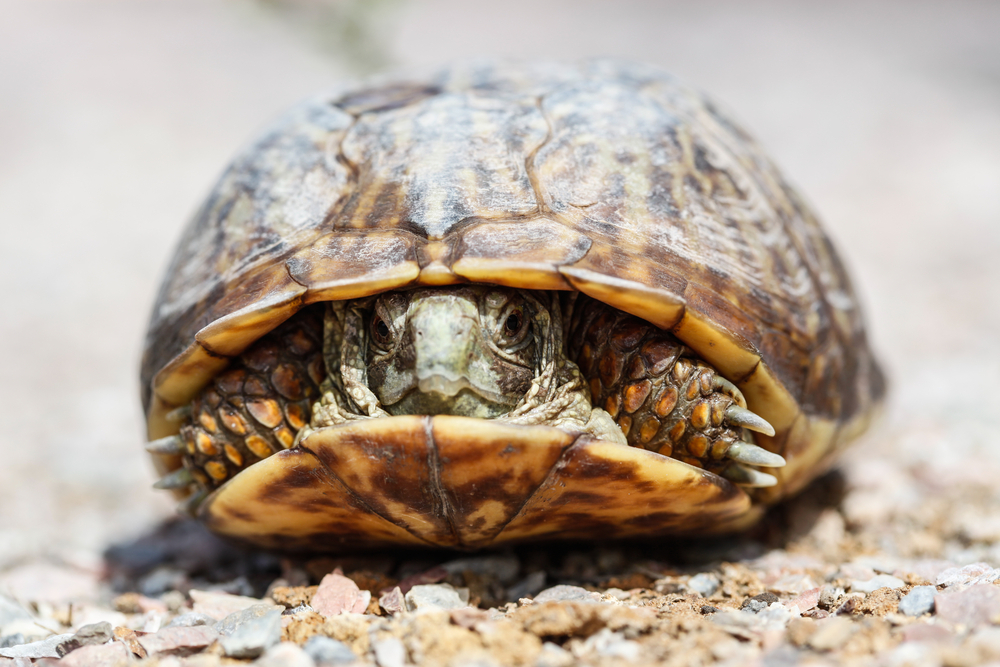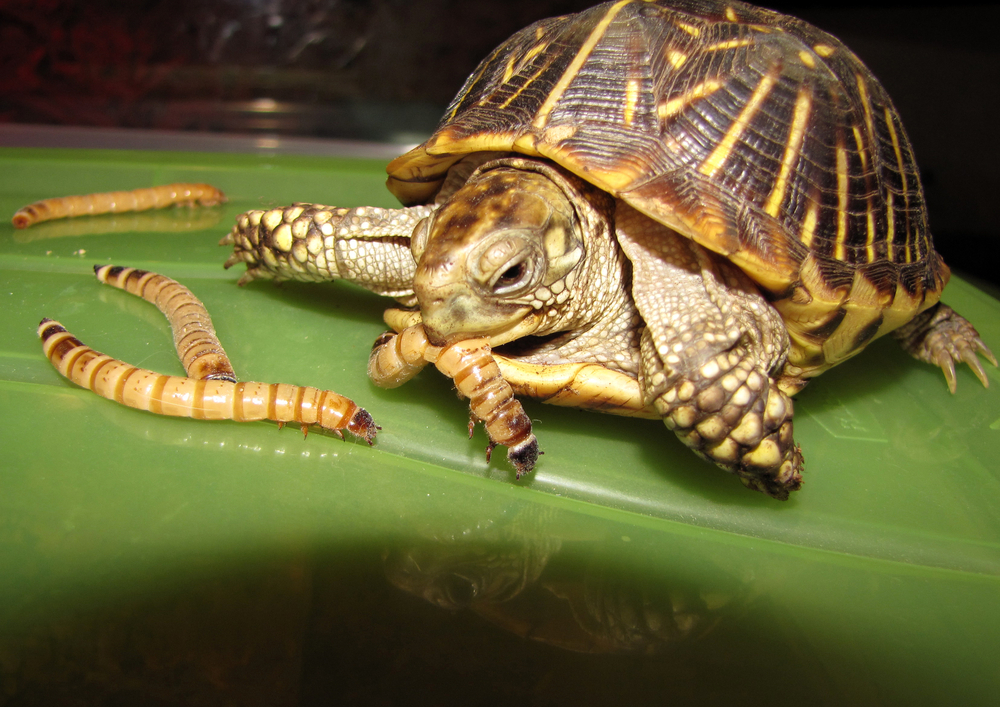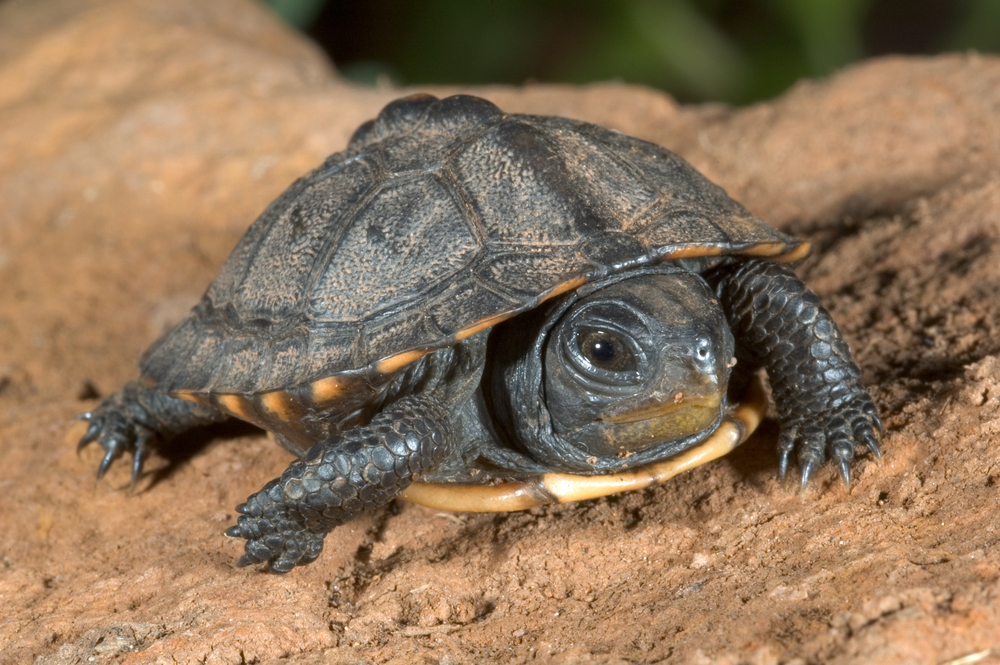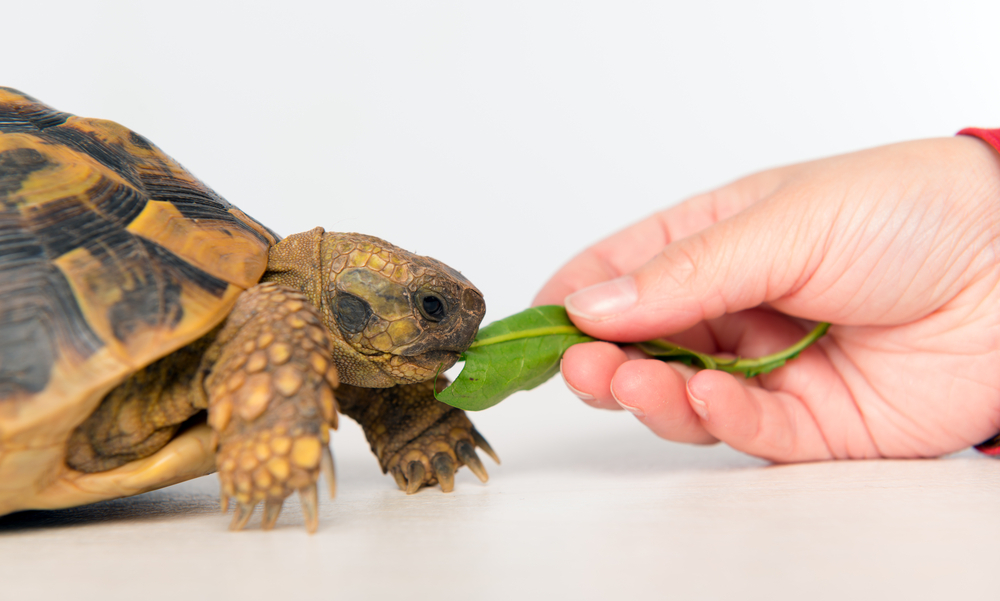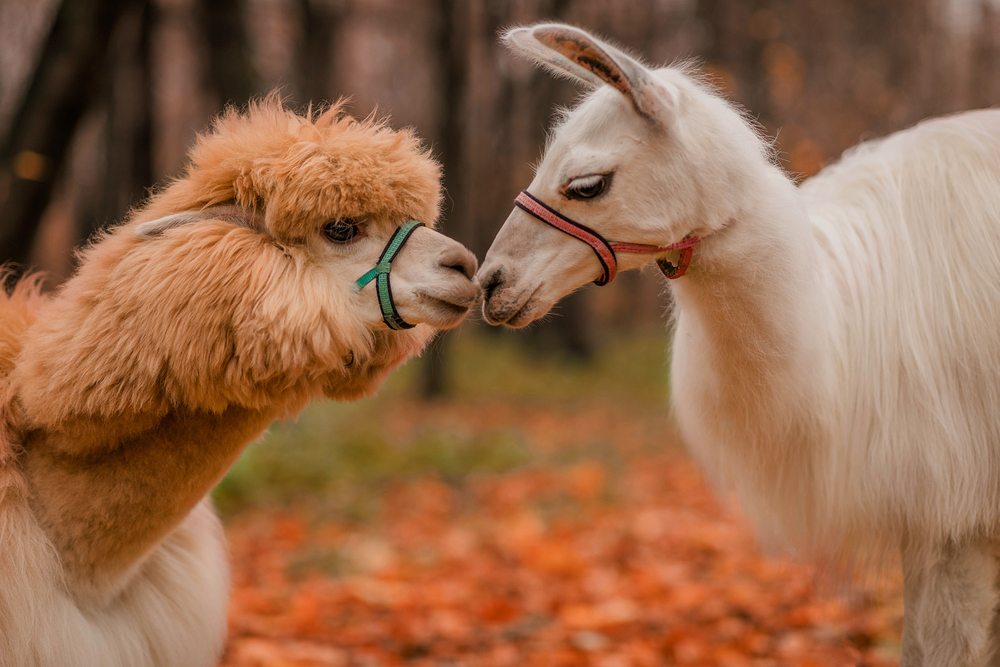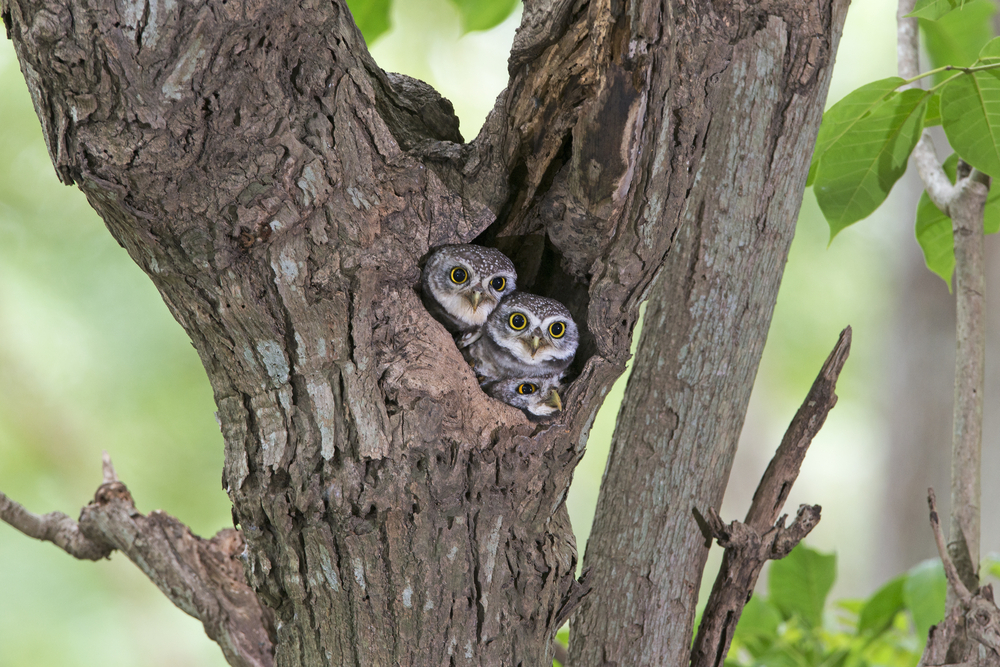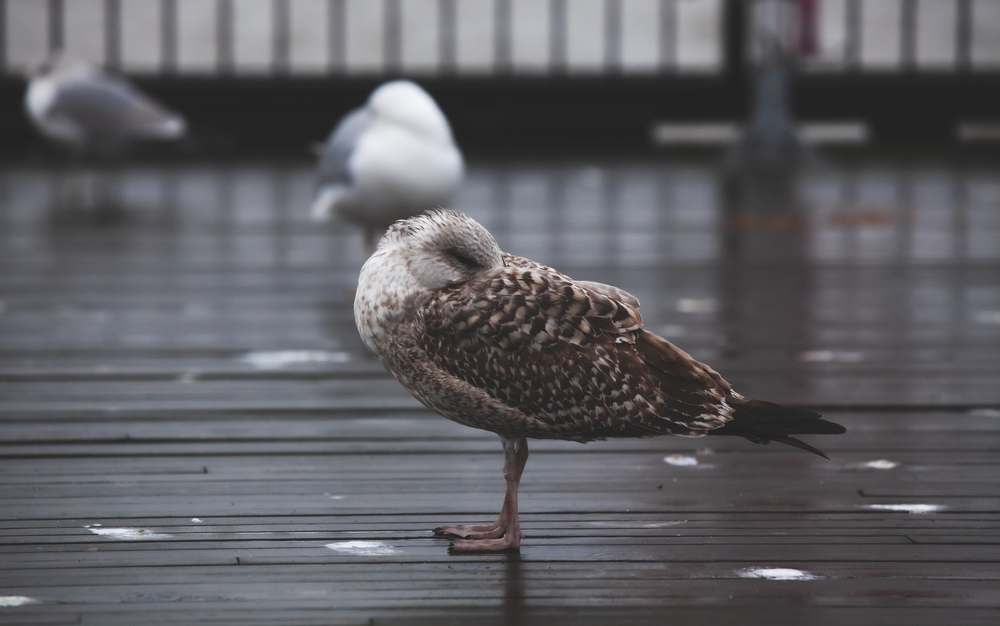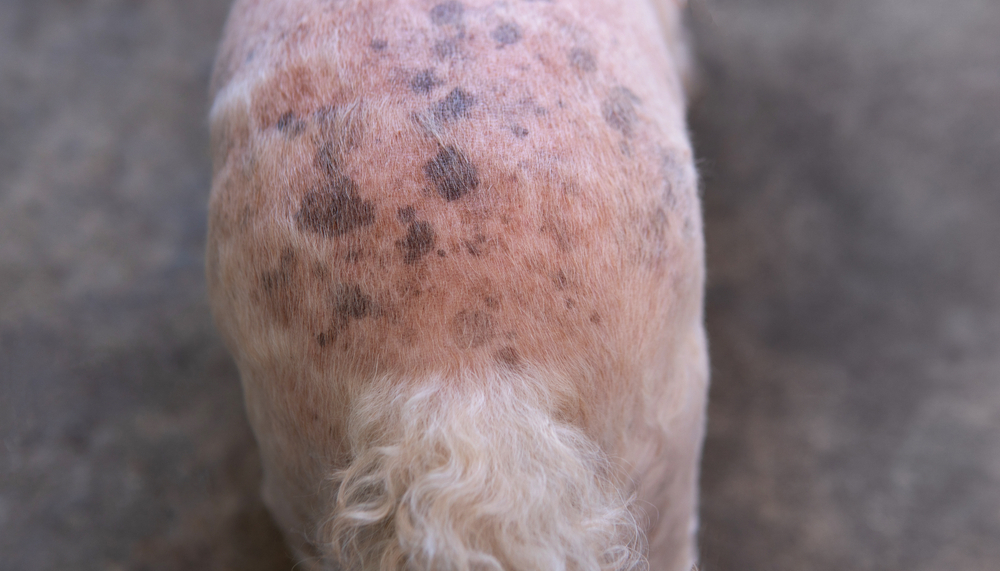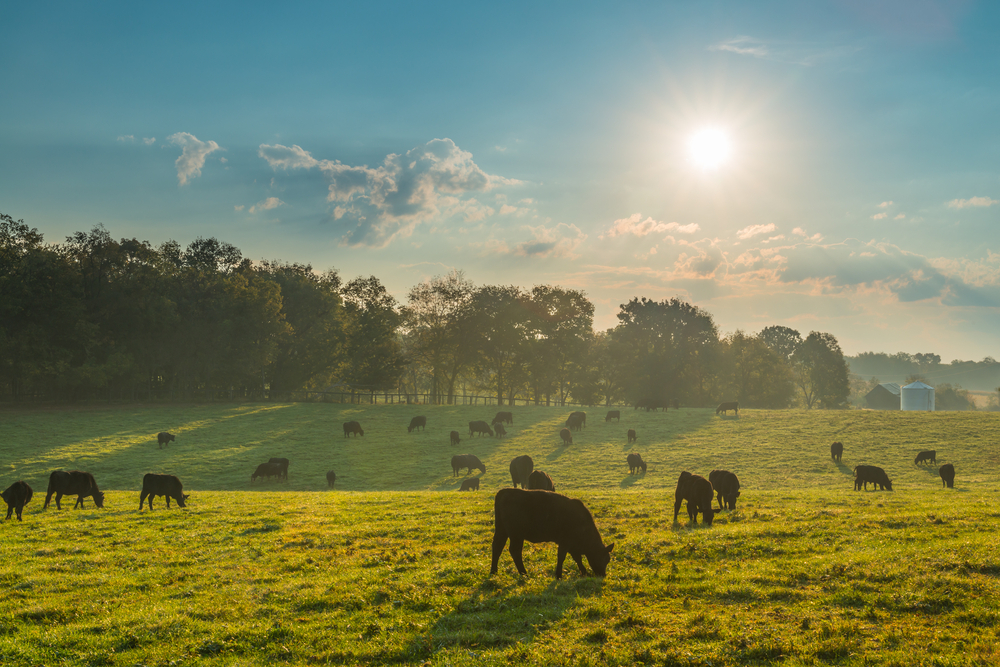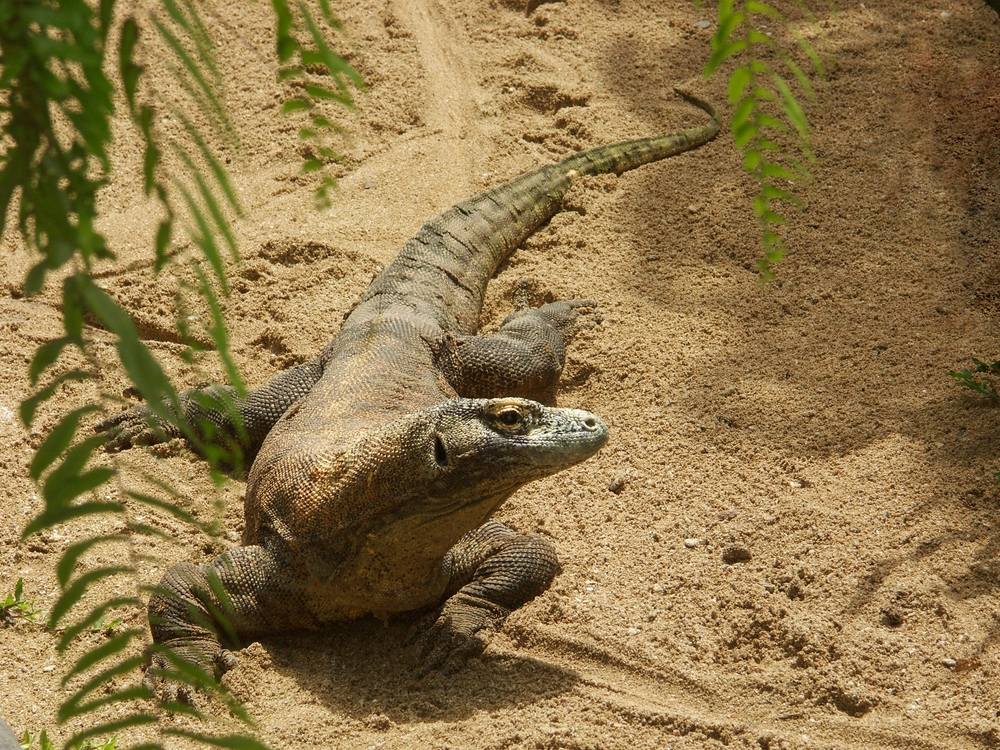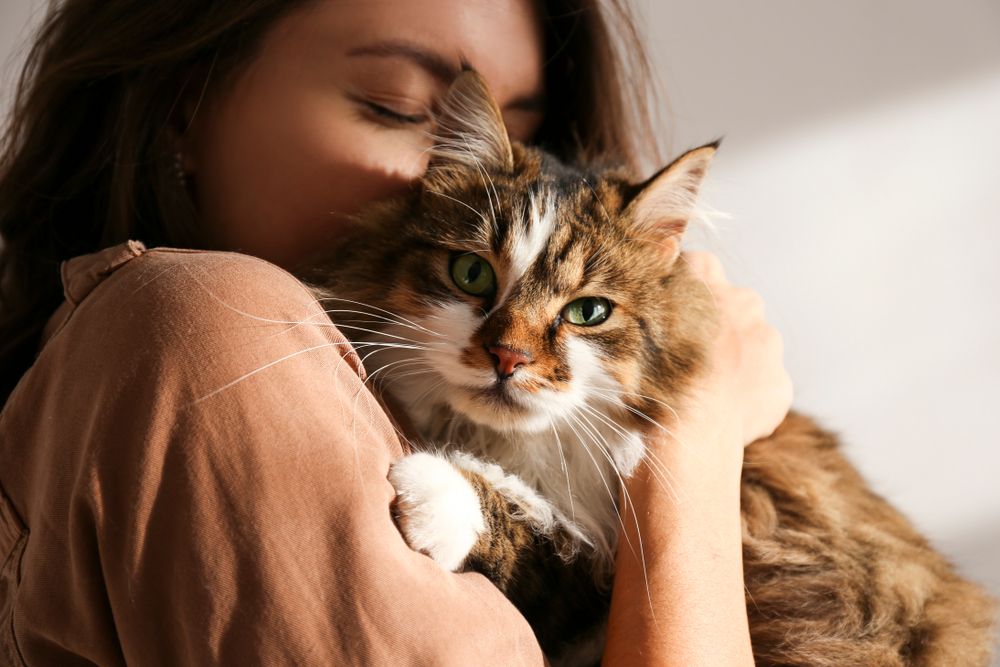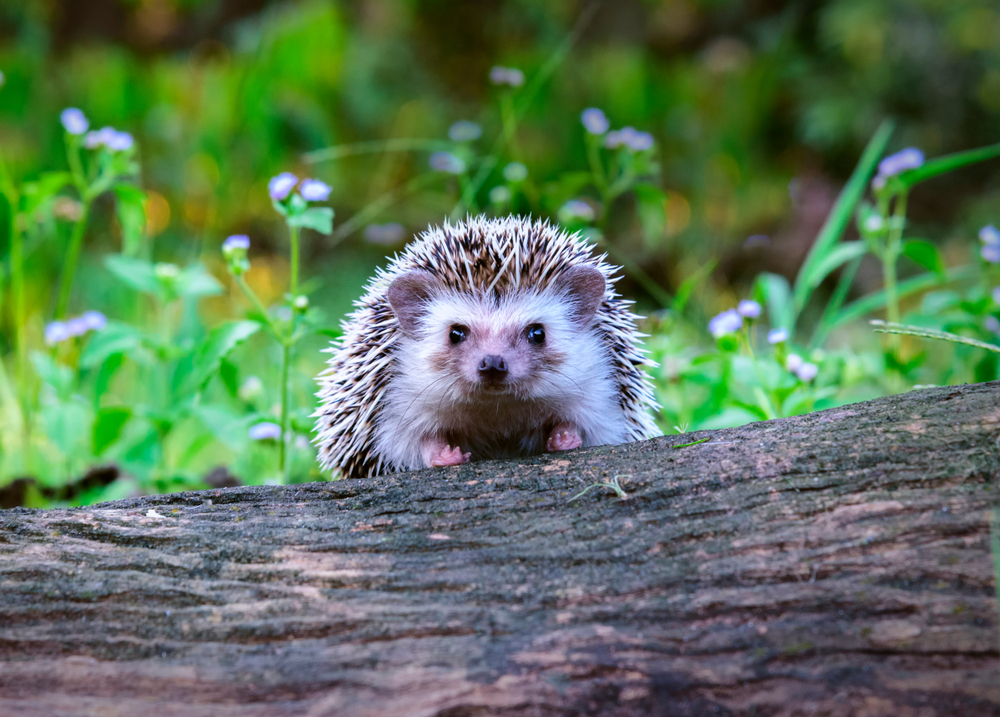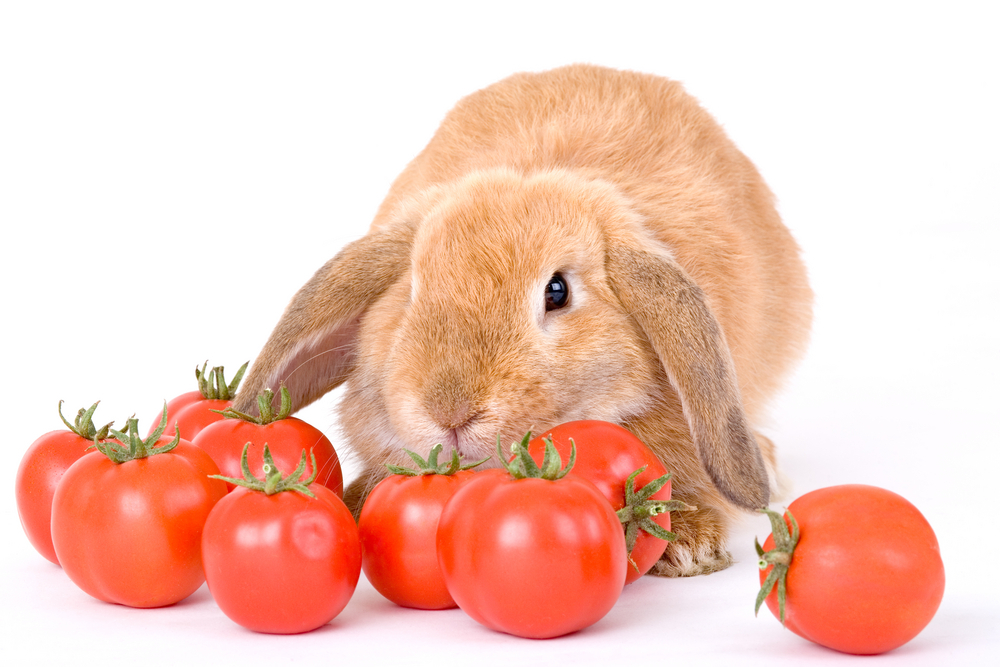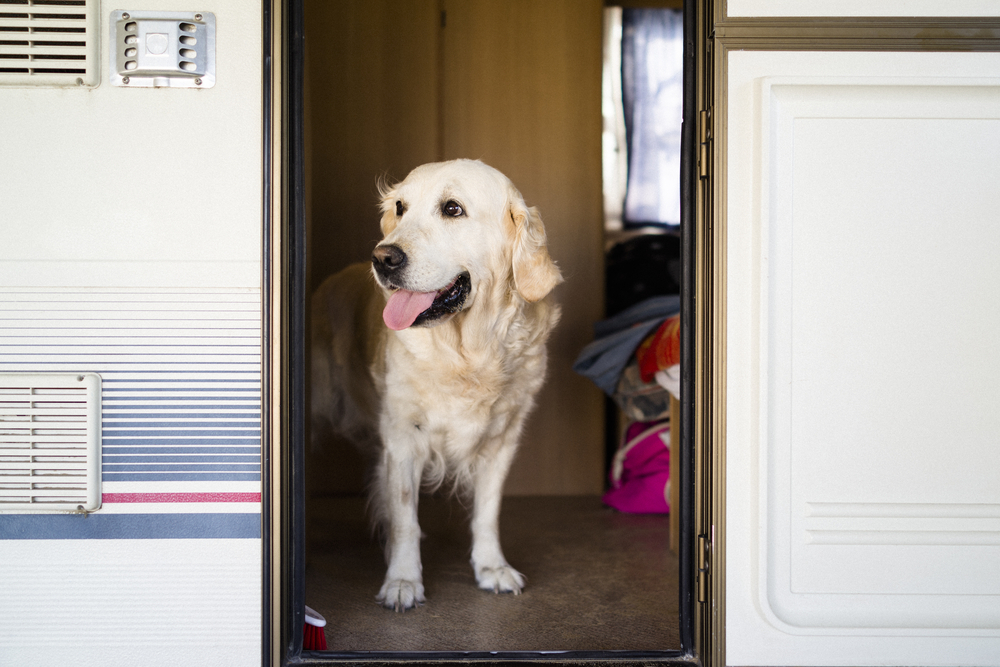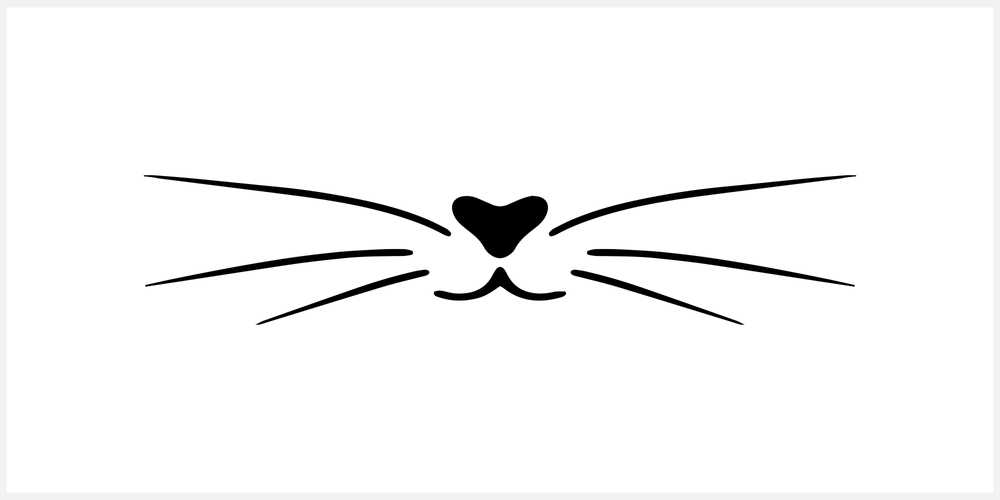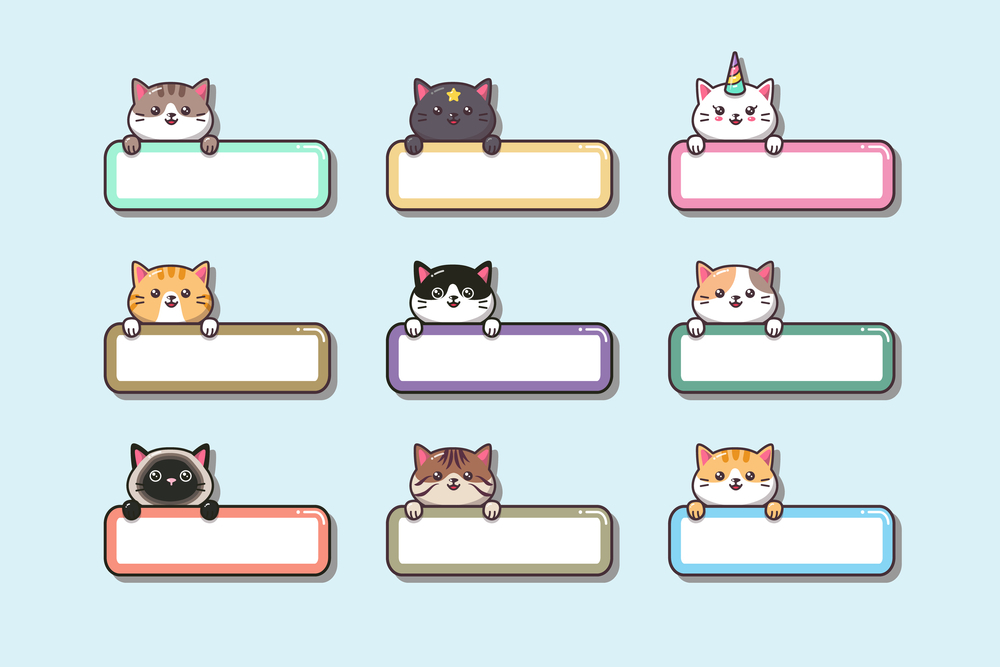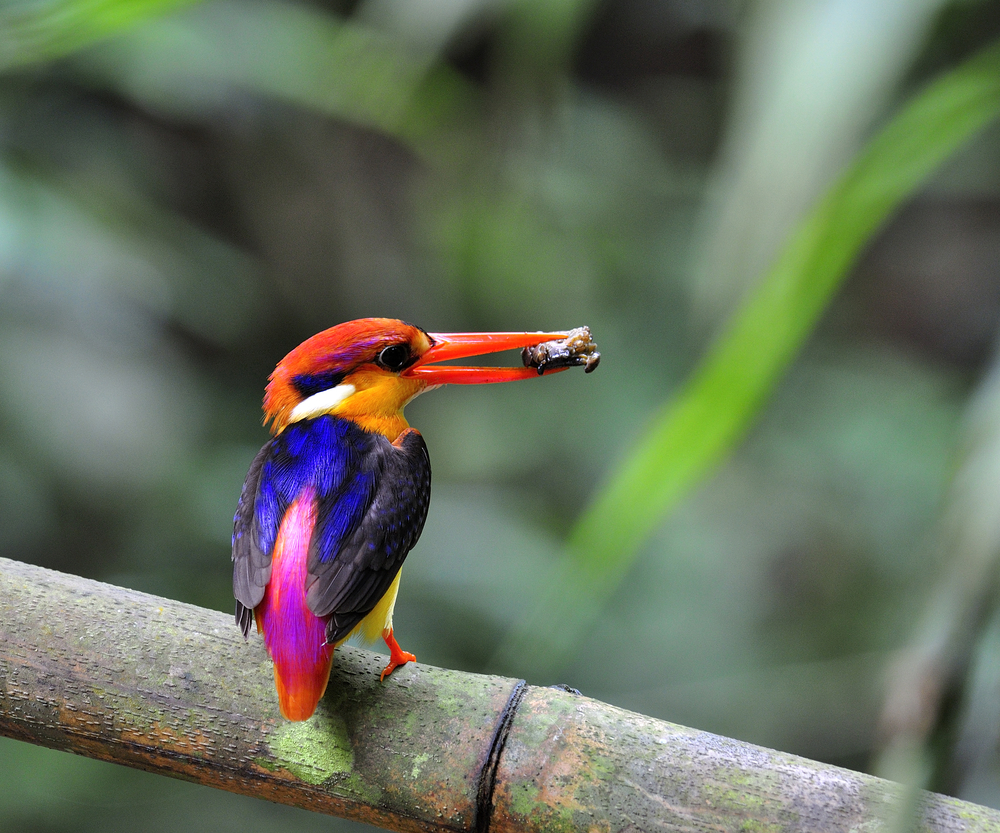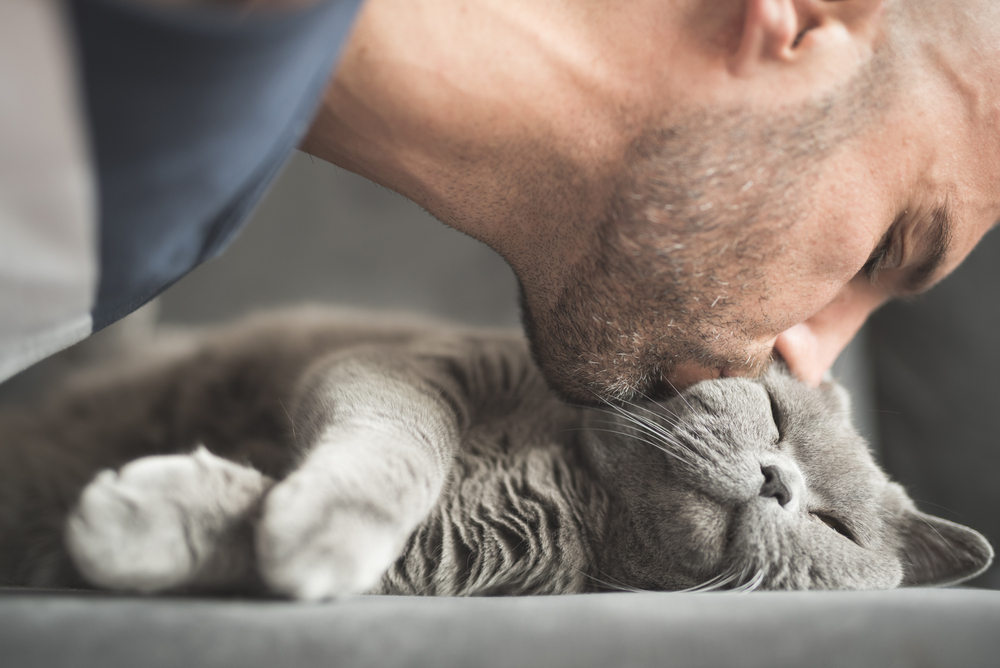What Do Box Turtles Eat In The Wild? 29 Healthy Food Items
By  Olivia Moore |
Last updated: Jan 6 2023
Olivia Moore |
Last updated: Jan 6 2023
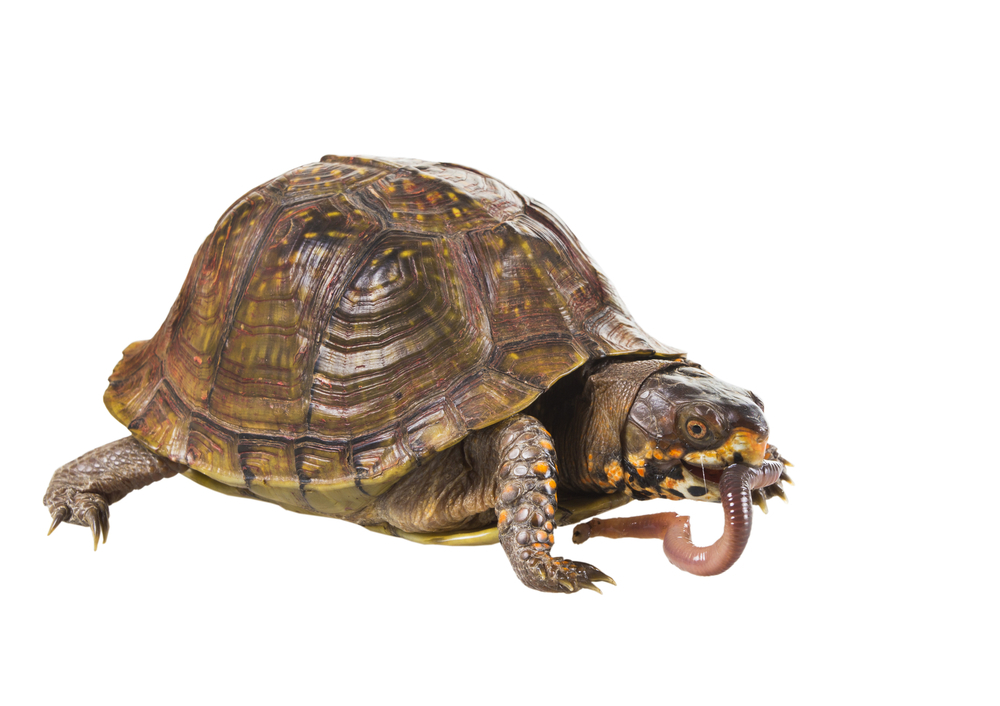
Box turtles, also called box tortoises, are hardy reptiles with a high, rounded domed shell with a traverse hinge at the bottom (which allows them to partly or fully close their shell to protect their head and legs from predators).
Note: They are called box turtles because they can close up their shells, much like a box.
There are 4 recognized box turtles species: Eastern, Gulf Coast, Eastern, and three-toed box turtles. The eastern box turtles are most commonly seen turtles in the wild.
But what do box turtles eat in the wild?
Box turtles are omnivores and can eat almost anything, including fruits, vegetables, and meat. A box turtle’s diet in the wild consists of various food sources such as fungi, snails, insects, frogs, fishes, roots, berries, and flowers.
Related Article: Turtle Won’t Come Out Of Shell – 5 Ways How to get a turtle out of its shell?
The portion of these foods a box turtle diet includes depends on the age and specie of the box turtle. After reading this article, you’ll get to know What do box turtles eat in the wild? What is a box turtle’s natural diet? What do box turtles like to eat? How do box turtles hunt for food in the wild? How does a baby turtle eat? What food should you avoid giving to turtles? And much more.
So keep reading!
Box Turtle Diet Thumbs Law:
Before proceeding to question what do box turtles eat in the wild? You should know about the ratio of different things in a pet diet.
A key to a healthy Box turtle needs a well-balanced diet that provides it with all the necessary nutrients. According to thumbs law, your pet's diet should include the things below:
50% plant material (10% fruits).
50% animal protein.
What Box Turtles Like To Eat?
Box turtles are omnivores, and they typically roam around wooded areas and eat animals and plant-based foods in the wild. A box turtle eats everything it can catch.
They eat insects, plants, and other animals.
A box turtle's diet varies depending on age, habitat, and season. However, the animal's protein makes up the bulk of a box turtle's diet. Yet, a baby box turtle and an adult box turtle have different nutritional needs.
According to research, a young box turtle is mostly carnivorous during the first 5 – 6 years of age. The baby box turtles hunt in ponds and streams and prefer meat over vegetables. While on the contrary, the grown-up turtle is more herbivorous and primarily feeds on land and enjoys flowers and fruits. Till now, there is no reasonable consensus over this claim.
But the scientific community has agreed to a list of food items the box turtles like to eat.
A wild box turtle likes to eat:
Leafy green vegetables.
Fruits.
Flowers.
Worms.
Insects.
Invertebrates.
Spiders.
Birds.
Small Amphibians.
Small Reptiles.
Eggs.
Carrion.
How Box Turtles Forage & Hunt For Food In The Wild?
Box turtles use their keen senses of sight and smell to hunt and search for food. The box turtle's eyes are on the side of its head. The box turtles have great vision and can see both day and night. But the box turtles struggle with peripheral vision due to their shell, making them susceptible to predators.
Moreover, the box turtle's nose acts like a human nose. The box turtle's nose is just above its mouth. The box turtle's keen sense of smell helps it to find food and other turtles.
Interestingly, box turtles don't have external ears, but it doesn't mean they cannot hear. A box turtle's sense of hearing is moderate and serves very little in finding food.
In the wild, turtles use several strategies for hunting and foraging.
The young box turtles spend more time hunting in ponds and streams. In comparison, the older box turtles spend more time hunting on land.
At maximum speed, a box turtle can move around at a speed of 0.25 miles hourly.
Box turtles mostly rely on ambush tactics to catch their prey rather than direct pursuit. When their prey gets too close to them, the box turtle darts its head out quickly and captures its target.
A box turtle's upper and lower jaws are quite hard, sharp, and covered in horny ridges. So the box turtle can chew tough, fibrous vegetation and chop up animal matter into smaller pieces. Aside from hunting, box turtles also spend a lot of time foraging; they eat plants from the water or on land.
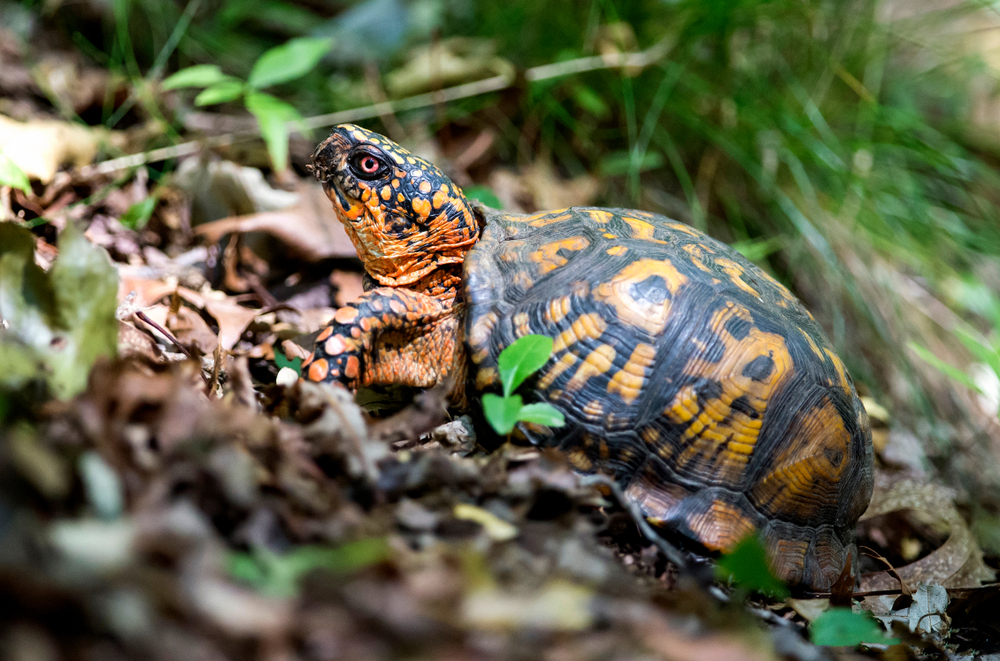
What Box Turtles eat In The Wild?
The following items in the list comprise the diet of a box turtle in the wild.
Insects.
Earthworms.
Snails.
Slugs.
Grasshoppers.
Spiders.
Invertebrates.
Crickets.
Beetles.
Caterpillars.
Frogs.
Fish.
Lizards.
Snakes.
Toads.
Caterpillars.
Centipedes.
Crustaceans.
Small Amphibians.
Carrion.
Other turtles.
Mushrooms.
Grass.
Roots.
Flowers.
Berries.
Fruit.
Leaves.
Eggs.
How Do Baby Box Turtles Eat In the Wild:
Baby turtles, also known as hatchlings, are born in late summer or fall and go into hibernation shortly after. After birth, a baby box turtle typically stays in the den where it was born. Or explores for a few days before entering the hibernation period.
Before entering the hibernation period, a baby box turtle does not require any food. Once they wake up from hibernation, the baby turtles eat the same foods as adult box turtles.
Research suggests that animal protein makes up a more significant part of a baby box turtle's diet than an old box turtle. The baby box turtles spend more of their time in or near water, living in ponds or streams. Due to their smaller size, baby box turtles are more limited in their prey types and focus on insects and invertebrates rather than larger prey.
What Do Pet Box Turtles Eat:
Box turtles can be excellent pets, but they require special care. If box turtles are over-handled, they can easily get stressed. Moreover, if box turtles are left to wander in a new environment, they can get injured.
Plants material should only include 10% of plants. Animal protein includes grasshoppers, crickets, mealworms, earthworms, and hard-boiled eggs.
You can also feed your box turtle commercial reptile pellets to supplement its protein needs. Feed your turtle Leafy greens such as collard, chard, kale, and bok choy.
Also, add fruit like berries, melons, mango, or apples to your turtle diet but only in small quantities. Box turtles also eat flowers such as dandelions, hibiscus, and geraniums.
Food That A Box Turtle Should Avoid:
To keep your box turtle healthy, you should avoid some food categories as some of these food items can irritate your Box turtle, while some can also poison it.
Bread and bakery products.
Processed meat.
Canned food.
Commercial Cat and Dog food (not harmful yet unhealthy in the long term).
Dairy products (Reptiles are lactose-intolerant).
Pasta.
Chocolates, Candies, and other sugary products.
Avocado.
Tobacco leaves and products.
Rhubarb.
Tomato and potato leaves.
In addition, there are some plants and flowers toxic to Box turtles that, include:
Umbrella Tree.
Poison Ivy.
Iris and Spider Mum.
Rosary Pea.
Philodendron.
Oleander.
Lily of the Nile.
Lily of the Valley.
Written by
Olivia Moore
Olivia is a freelance writer and pet enthusiast who writes articles on animals to help owners and their pets live their life in the best way. She resides in Australia and is currently doing her master’s degree in wildlife biology. Besides her studies, she has found a new love for working online and writing about animals. She is passionate about creating awareness about pets. Her mission is to write content on their health issues and the best ways to make their pets content. She loves to write about animals of all types but her specialties are dogs, cats, and birds.

